
Yogic Healing
As people have become dissatisfied with many conventional methods of healing that seem to only cure the symptoms, they have increasingly sought the help of alternative systems of healing. Some of these methods are very respectable, and offer the patient a positive energetic change whilst in treatment, which lasts for some time.
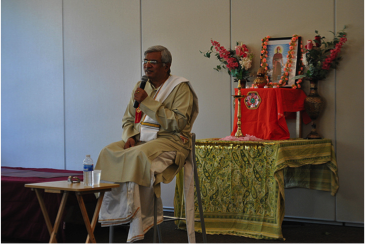
Samadhi - Patanjali Yoga Sutras
Patanjali suggests that this can be done by following 8 steps: Yama, niyama , asana , pranayama, pratyahara, dharna, dhyaana &samadhi. These eight steps help us slowly withdraw from outside world. Yama is a simple discipline for ourselves. Another technique he gives is - Abhyaasa and Vairagya. Abhyasa is the discipline that you practice. It is not forced from outside, but comes from within. When discipline is enforced from outside we wait for a chance to come out of it. For example, plucking the raw fruit from a tree is hard and it disturbs the tree. But when the fruit becomes ripe, then even a simple touch brings it to our hand and it has a sweet taste. This can happen only when we are established in the truth. Truth is not what something to look for. You establish yourself in the truth.

Yoga for Visually Challenged
On April 2013, I had the opportunity to teach a few classes at the Santa Clara Valley Blind Center located in San Jose since their teacher was looking for a substitute. Each student here is unique. Some are partially sighted and some fully blind. Some have limitations due to past or present injuries and some have limited mobility due to stiffness. I realized that the students needed to build more confidence in controlling their bodies and develop spatial awareness as well as better balance. I tried out a few sitting sukshma vyayama practices and then added some standing and sitting breathing practices. I also introduced core strengthening (leg raising, navasana) and loosening practices (forward/backward bending, side bending, twisting, hip rotation, etc) which the more athletic students really enjoyed. I checked with the center management if it would be ok to chant Om and say a few Sanskrit prayers and they were very open to it. So I began chanting Om, starting and closing mantras after explaining the meaning.

Yoga Hour – Concept of Health
Modern medicine looks at therapy as fighting the sickness, while yoga has a different paradigm. Yoga therapy aims at harmony, and we do not speak the language of fighting. We can enjoy the practices at the physical level, physical, and emotional levels. When we avoid fighting at all levels, healing takes place. That is a language of therapy. The very symptom of cancer shows that your body cells are fighting one another. Is there a way that I can remove this concept of fighting deep inside, at my cellular intelligence level? When a patient comes to us, we say - try and forget that you are battling cancer, create deep inner harmony within yourself, and take care of your cancer. Love thy cancer cells - this is the way healing takes place.

Sanskrit for Yogis
This workshop involved teaching the yoga practitioners of non-Indian origin – the basic pronunciation of Sanskrit Alphabets, Sanskrit mantras, the meaning of the mantras, the concept of yoga sutras of Patanjali, Asana names and meanings and basic exposure to Sanskrit as a language.
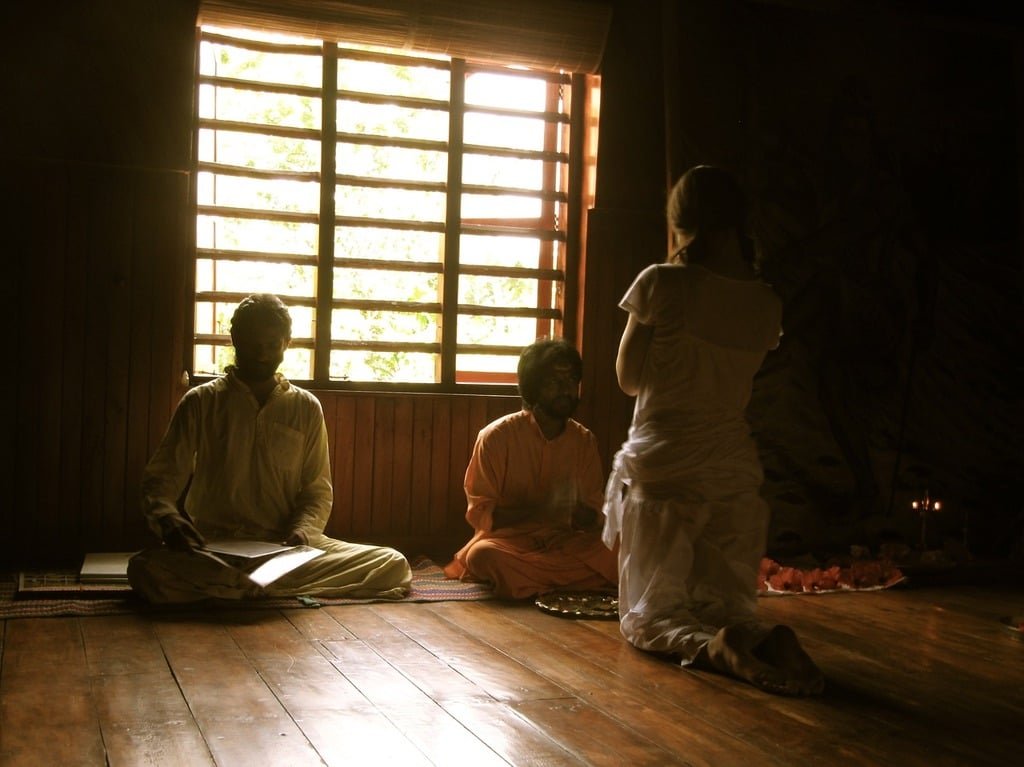
Teenagers in Yoga Center (SVYASA)
Visited Swami Vivekananda Yoga Research Foundation's wellness center called — Prashanti —along with my son Chinmay (16) and nephew Manthan (13) for a week's stay. It was heart warming to see how Vedic essence of Hindu Dharma is being preserved, protected and nurtured. Being a Sanskrit student Chinmay was pleasantly surprised to see how everyone spoke in fluent Samskritam. Their routine included wake up at 5am, doing 3 killer yoga sessions a day, asking them to read a huge research thesis, reading books and interacting with learned people from across the world. Prashanti deeply etched into their hearts and I am sure it has been a life-changing and a touching experience for them.

Yoga by Ganga
My destination was Shivpuri, just north of Rishikesh, where the holiest of rivers – the Ganga – steps out of the Himalayas and into the plains of northern India. The river is powerful and unrelenting. Its strength is only apparent from the white water around the boulders and falls, and from the deafening roar it makes as it rushes past. Just looking at the river is meditation. Nothing stays in one place on this river, ever moving, never still. Thoughts are washed away in this flow. The silence that results is not an inert silence, a dead zone, but a silence that’s very active and alive with possibilities, like life itself.

Is Yoga Secular?
Patanjali defines yoga as the cessation of the waves (vritti) of the mind (chitta), establishing Raja Yoga as the science of meditation and codifying the practice in eight secular steps: an ethical foundation including secular practices such as nonviolence and truthfulness; yoga poses and breathing techniques (asana and pranayama); an inward journey progressing through the secular practices of introspection, concentration, and meditation (pratyahara, dharana, and dhyana); all leading us to a clearer understanding of our real nature, self-realization (samadhi).

Karma Yoga - Five Reasons to Serve
What each of us can do, on a personal level, is make such small offerings of service that ultimately create the field for deeper change. The revolution starts with you and me.
Shift from a me-orientation to a we-orientation. No true act of service, however small, can ever really be wasted. Each small act of service is an unending ripple that synergizes with countless others. When we increasingly choose to remain in that space of service, we start to see new things.
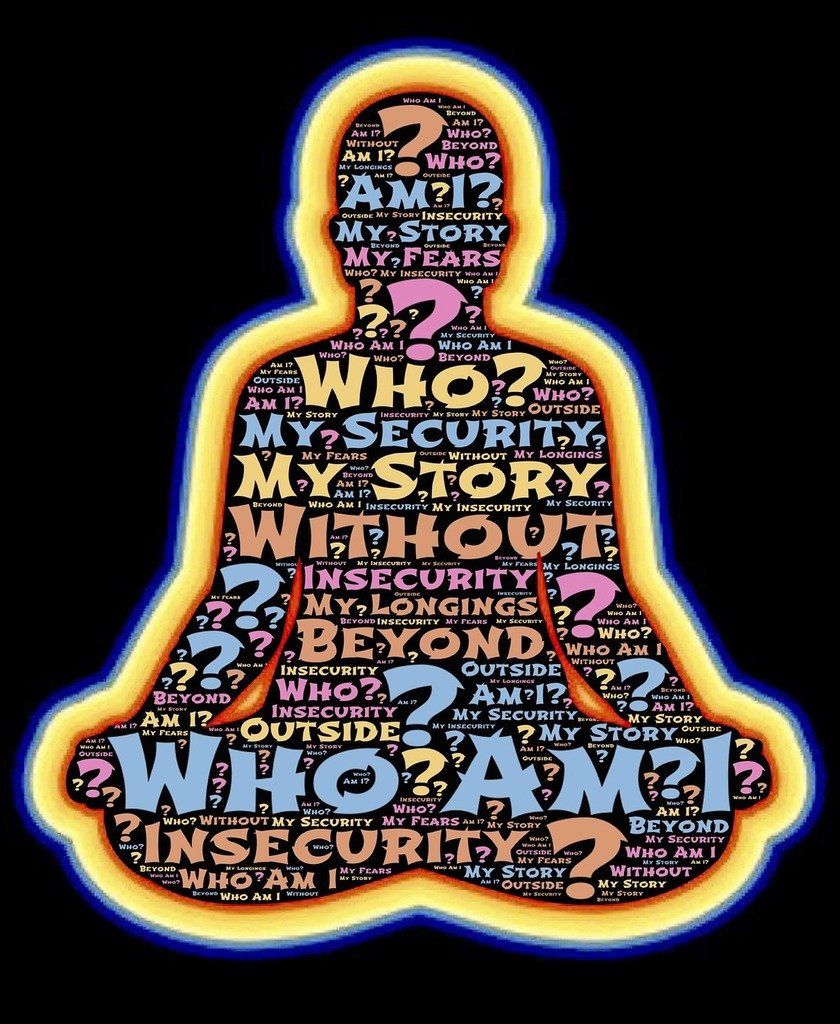
Yoga for Self Transformation
As Swami Vivekananda puts it, connecting to the source of infinite power and potential within each one of us is the purpose of our Yoga practice. hat connection is built with love and compassion, empathy and forgiveness, gratitude and selfless service. The practice of yoga systematically develops self-awareness and self-mastery, helping us to act rather than react most of the time. When most people act with self-mastery most of the time, there is a scope for improvement in major domains of social function, including education, health care, violence prevention, and global sustainability.
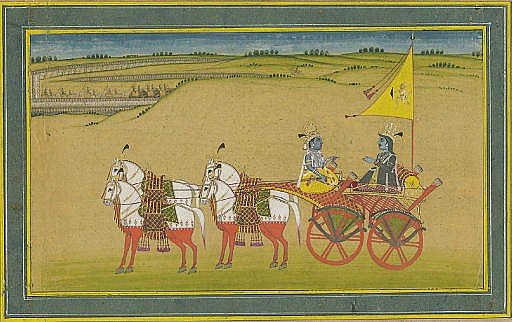
Bhagavad Gita – Message of War or Peace?
The unique situation created in Bhagavad Gita is worth noting. Krishna and Arjuna discuss the deepest aspects of life in the battlefield. We need such gems of wisdom in our everyday battle of life, not in the old age as the general convention goes. When we look at Bhagavad Gita in this way, our actions will be free from attachments and the conflicts of our life are easily dealt with. As it happens to Arjuna at the end of Bhagavad Gita, we too get the clarity to take our own decision in the battle of life. Krishna simply says “do as you wish” to Arjuna at the end of all the discussions and Arjuna says he is now free of all tensions and worries and is ready to fight. Let us take the message of Bhagavad Gita in the right spirit and be ready to deal with life appropriately.

Triphala - The Wonder Herb
Triphala - Literally means 3 fruits. Triphala, a combination of Amalaki, Haritaki and Bhibitaki is the cornerstone of Ayurveda. Triphala can be taken safely everyday without any side effects. A 2014 review published in the Indian Journal of Pharmaceutical Sciences found that triphala is a potent immune modulator and is a potent anti-inflammatory agent. The nutritional aspect of
triphala in the form of its high vitamin C content, presence of linoleic oil and other important nutrients make it more of a tonic. Triphala possess free radical scavenging, antioxidant, anti-inflammatory, antipyretic, analgesic, antibacterial, antimutagenic, wound healing, anti-cariogenic, antistress, adaptogenic, anti-diabetic, hypoglycaemic activity and so on. All these characters make “Triphala” one of the most valuable herbal preparations in the world. Triphala is rich in antioxidants, possess antibacterial, anti-viral, anti-cancer property.

Yoga and Spirituality - Chairman's Message
Yoga is a conscious process of going back to one’s nature.
This concept of total personality nurturing and making life a celebration is the goal of yoga. The realization that we are not the body but the consciousness within, results in a clear discrimination and freedom to choose right things in life for self and for others. This way, yoga helps the individual move towards better harmony within and outside.

Spirituality in Career
The eight limbs of Patanjali Yoga Sutras – yama, niyama, asanas, pranayama, pratyahara, dharana, dhyana, samadhi – allow us to control ourselves and calm down the mind. A combination of physical asanas, breath, calm mind and focused attention on the task at hand — together can remove effects of stress quickly and effectively. Risk taking is the most important aspect of career management. We fail to take risks when we are afraid. Fear helps us to shrink to our comfort zone and yoga is about stretching beyond your comfort zone.
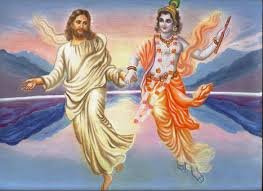
Krishna Christ
A Hindu who has truly understood and experienced the message of the Gita will stand in awe of Jesus sacrifice. A Christian who is truly awakened to Christ will find the same sweetness in Krishna’s words. And when we enable our brothers and sisters to seek the Truth by any means conducive to them we get ever closer to our own chosen ideal – be it Christ or Krishna.

Spirituality and Vegetarianism
The source of energy is sun and if we cannot take energy from the source directly then the primary source is plants. It is easy to digest the simple cells of plants and release the energy from these cells. We do not have to wait for long for this energy to be released in our body. Animals and birds are the secondary and tertiary sources of energy. So, they have a complex cell structure in which they store this energy, so they need more time to release this energy. The entire realm of creation is programmed to eat, food in all forms supports food.

My Experience with Yoga Teachers Training
My YICC experience was transformational for me. It was the most memorable and productive 12 weeks of yoga. Between an overview of yoga practices spanning asanas, surya namaskar, suksma vyayaama, mudras, trataka, and pranayama, in-depth theory lectures by Shri Raghuramji, and teaching instructions and practice, I received much more than I bargained for and I have a lot more understanding of yoga as a whole.

Dharma and God
The moment your idea of what exists goes away, we suffer the separation and we are in pain. We wish what we touched should not go from the view of our touch, what we see should not go away from our sight, what we interact should not go into non-existence. Even the very thought of it we suffer.
Dharma is that which takes us away from our attachment to what exists and takes us towards what is existence. Similarly, takes us away from what knowledge to what is knowledge based. And thirdly Dharma takes us away from the notion that the object gives us happiness, to what happiness itself is, namely “ananda”.

Sahanau Bhunaktu -May We be Nourished
Yoga is a conscious process of going back to one’s nature. Hence the Sanskrit term for health is “swastha” – being myself – and the term aswastha – not being myself – is used to define lack of health. To be healthy and happy is our very nature.
Of the several words of wisdom of sages which have inspired people, Yoga Bharati adapted the idea “SAHANAU BHUNAKTU..” may we nurture together which is taken from the famous mantra “Sahana vavatu”...

